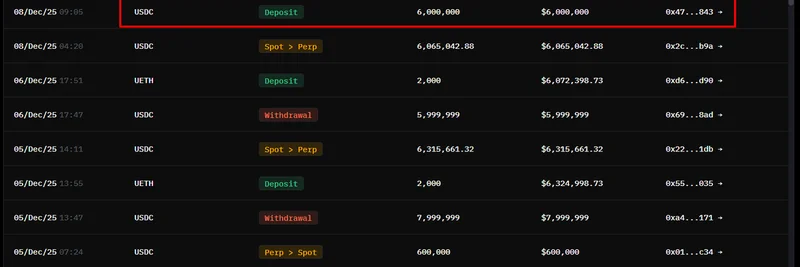In the fast-paced world of blockchain technology, censorship resistance remains a hot topic, especially for communities building and trading meme tokens on platforms like Ethereum. Recently, a thought-provoking discussion unfolded on X (formerly Twitter), where Ethereum researcher @soispoke shared valuable insights on Fork-choice enforced Inclusion Lists (FOCIL) and related innovations. This conversation highlights ongoing efforts to make Ethereum more robust against censorship, which is crucial for ensuring fair access and execution of transactions—including those wild meme token swaps that can make or break a trader's day.
Unpacking the Discussion on Mempool Censorship
The thread revolves around the nuances of censoring transactions in Ethereum's mempool—the temporary holding area where transactions wait before being included in a block. @soispoke breaks it down simply: censoring the mempool could mean either launching an attack to prevent key participants (called "includers") from seeing certain transactions, or having all includers tweak their software to ignore specific ones. Either way, it's a tough feat to pull off on a decentralized network like Ethereum.
But here's where FOCIL shines. Short for Fork-choice enforced Inclusion Lists, FOCIL is a mechanism proposed in EIP-7805 that uses a committee of validators to ensure transactions get included. It operates on a "minority assumption," meaning as long as about 1 out of 16 (roughly 6.25%, but @soispoke notes around 15% honest validators) includers spot and add a censored transaction to their list, it forces inclusion in the block—often within the same slot. This setup bolsters Ethereum's resistance to censorship by relying on just a fraction of honest participants, making it harder for bad actors to suppress transactions.
For meme token enthusiasts, this matters big time. Imagine launching a new meme coin or sniping a hot token drop; without strong censorship resistance, builders or validators could potentially delay or block your moves, giving an unfair edge to insiders. FOCIL aims to level the playing field, ensuring your transactions have a fighting chance.
The Role of Encrypted Transactions in Enhancing Security
Of course, FOCIL isn't the end-all solution. @soispoke points out that true censorship resistance could benefit from forcing the inclusion of encrypted transactions. This is where encrypted mempools come into play—a concept being actively researched by teams like Shutter Network. An encrypted mempool hides transaction details until they're ready to be executed, preventing front-running and censorship based on content.
Additionally, there's exciting work on "sealed transactions," as detailed in this Ethereum Research post. Sealed transactions use cryptographic techniques to keep tx details private during the auction process for block space, reducing Maximum Extractable Value (MEV) exploits that often plague high-volatility assets like meme tokens. By integrating these with FOCIL, Ethereum could achieve even stronger protections, making the network more appealing for decentralized finance (DeFi) and meme-driven projects.
Looking Ahead: zkFOCIL and Anonymous Broadcasting
Another intriguing direction mentioned is zkFOCIL, which combines zero-knowledge proofs with FOCIL to hide the identities of includers. Detailed in this research thread, zkFOCIL uses linkable ring signatures to allow anonymous participation in the inclusion list process. Paired with anonymous broadcast methods, this could prevent targeted attacks on specific validators, further decentralizing and securing the system.
In the context of meme tokens, these advancements could mitigate risks like coordinated censorship during viral pumps or dumps, where transaction visibility might lead to manipulation. As Ethereum evolves, features like these not only enhance technical resilience but also foster a more inclusive environment for creative, community-driven assets.
Discussions like this one underscore Ethereum's commitment to iterative improvements. While Solana and other chains have their strengths, Ethereum's focus on economic and cryptographic safeguards positions it as a leader in censorship-resistant tech. For blockchain practitioners and meme token creators, staying updated on these developments is key to navigating the ecosystem effectively.
If you're diving into meme tokens, remember: understanding the underlying tech like FOCIL can give you an edge in spotting secure platforms and avoiding pitfalls. Keep an eye on Ethereum's upgrades—they might just supercharge the next big meme wave.

